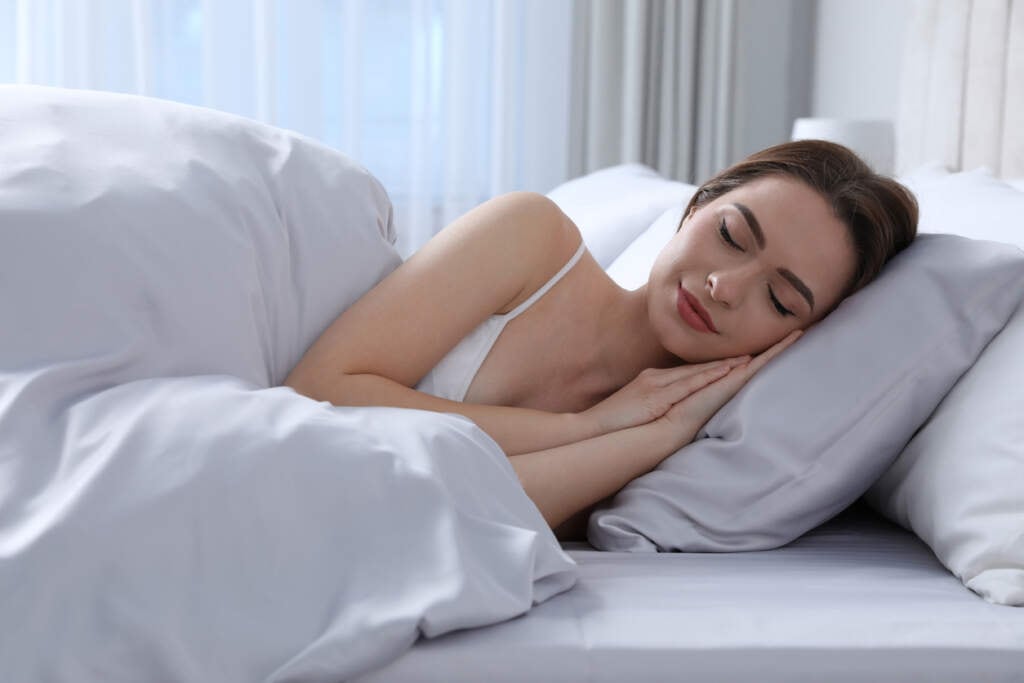
Silk pillowcases have gained a lot of traction in recent years. While silk pillowcases may sound like an indulgence, they’re an affordable and luxurious way to upgrade your bedding.
Since most of us spend at least 7-8 hours in bed a day, it’s important to make sure our bedding feels cosy, comfortable and clean. We all know how essential a good night’s sleep is for our health and well-being. Whether you sleep on your back, side, or stomach, there are plenty of benefits of sleeping on a silk pillowcase. In this article, we’ll explore what to look for and the top benefits of silk pillowcases.
What to Look for in a Silk Pillowcase
Soft and smooth, silk pillowcases are a great choice if you’re upgrading your bedding. With their luxurious look and feel and various benefits, there are plenty of reasons to use a silk pillowcase. Keep in mind that not all silk pillowcases are made equal. If you’re in the market for a silk pillowcase, there are several factors to consider first, including the type of silk and momme weight.
Type of Silk
Not all silk is the same. There are several different types of silk: mulberry silk, tussah silk and wild silk. Mulberry silk is considered to be the highest quality and is commonly used for silk pillowcases. It’s known for its smooth and lustrous texture. Tussah and wild silk, however, are much more coarse, less shiny and of lower quality. When shopping, look for silk pillowcases that are 100% mulberry silk to reap the most benefits.
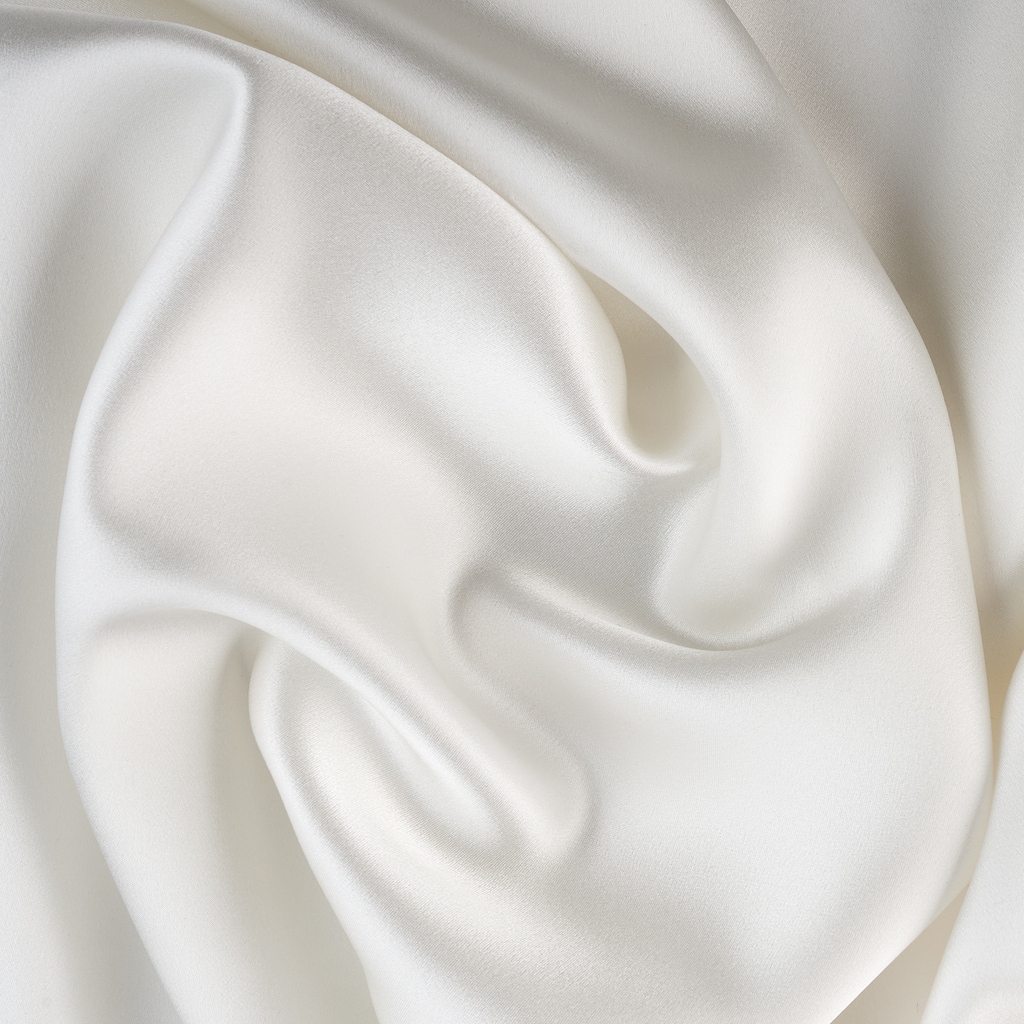
Momme Weight
Momme weight refers to the weight and density of silk. The higher the momme weight, the higher quality of the silk. Most commonly, silk pillowcases have a momme weight of 16 to 25. For a high-quality silk pillowcase, look for a momme weight of at least 19 or higher.
Thread Count
When it comes to cotton bedding, a higher thread count is an important indicator of quality. However, since silk is a naturally lightweight and breathable fabric, a high thread count doesn’t equate to quality. Look for silk pillowcases with a thread count of at least 400.
Silk or Satin Pillowcase: Which is Better?
At one point, satin was made from silk, but these days, satin is usually made from a blend of materials, including synthetic fibres like polyester, rayon and cotton. Blending satin with these synthetic fabrics creates a flexible and smooth texture that benefits skin and hair the same way as silk. However, because satin is made from more common materials like polyester, satin pillowcases are not naturally hypoallergenic like silk. Generally, satin is less breathable than silk and is not as temperature-regulating.
Satin pillowcases are also usually cheaper than silk pillowcases, which are pricier and more luxurious. If you’re looking for a soft, silky pillowcase without the price tag, satin is a good option. If you want a pillowcase that is hypoallergenic, antibacterial, breathable and cooling, silk pillowcases are your best bet.
Be wary–satin and sateen look and sound deceptively similar, but there are key differences between them. Sateen can feel silky and smooth just like satin and silk, but since it’s cotton, it lacks the benefits of a satin or silk pillowcase.
Benefits of Silk Pillowcases
There are many advantages of silk pillowcases–they’re stronger and more durable than cotton pillowcases, stay cleaner for longer, are moisture-wicking, and feel super luxurious to sleep on. Keep in mind that to experience all silk pillowcases have to offer, you need to choose a pillowcase made of the highest quality silk, mulberry.
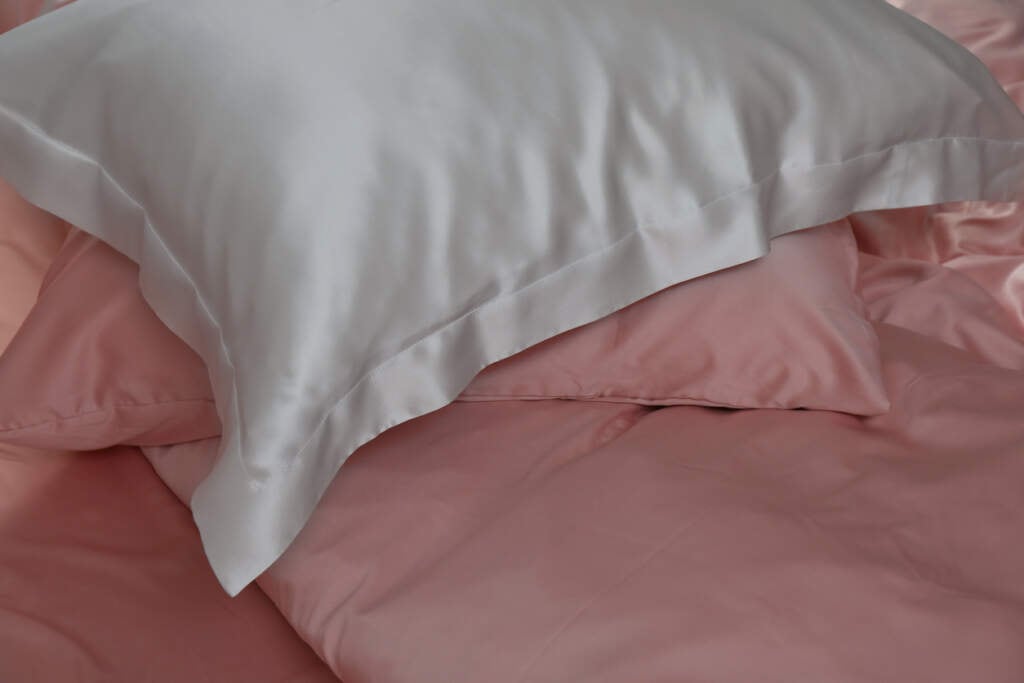
Are silk pillowcases good for your skin?
Short answer, yes! Silk pillowcases. Silk pillowcases help to keep your skin hydrated by absorbing less moisture from your face. Since silk is hypoallergenic and has a smooth texture, silk pillowcases can help prevent acne breakouts and are less likely to irritate inflammatory skin conditions like eczema, dermatitis and psoriasis. Not only that, but silk pillowcases reduce friction between your skin and the pillow which can help prevent wrinkles and fine lines. So, all in all, silk pillowcases are the best choice on the market when it comes to skincare!
Are silk pillowcases cool to sleep on?
Silk is a naturally breathable fabric, making silk pillowcases naturally temperature-regulating. While cotton absorbs moisture, silk is moisture-wicking to help keep you dry and cool all night. If you tend to overheat at night, silk pillowcases can help keep you cool and comfortable for a better night’s sleep.
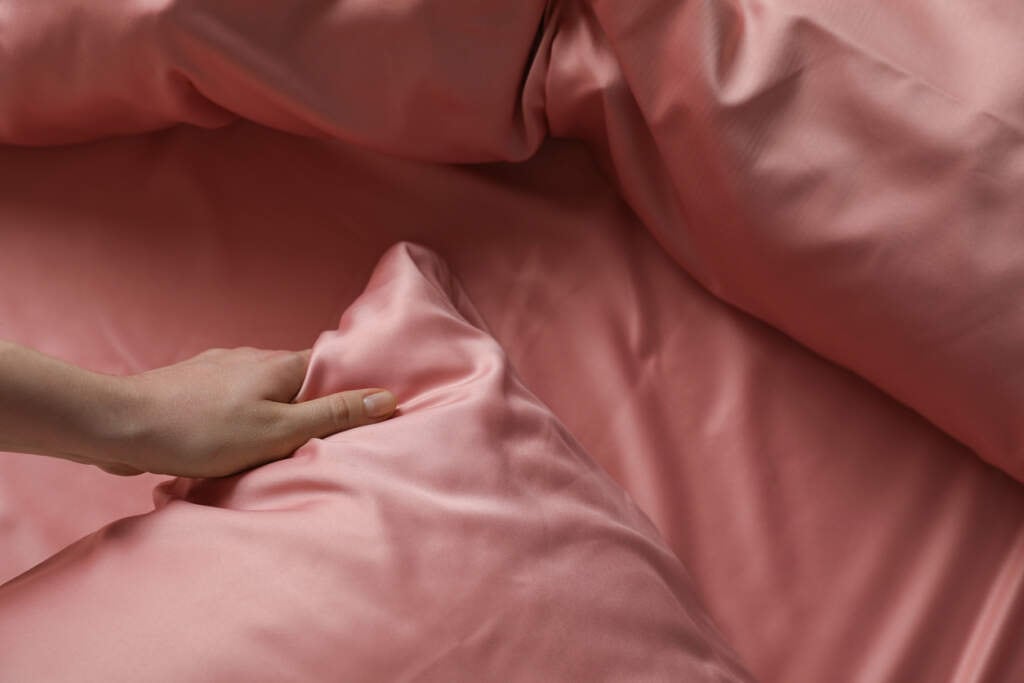
Are silk pillowcases good for hair?
The soft, smooth texture of silk pillowcases helps prevent the dreaded bed head full of tangles and frizz, as well as split ends and breakage. Too much friction between your hair and your pillow can cause hair to become tangled and frizzy, leading to damage. Thanks to silk’s smooth and soft texture, your hair will glide around the pillow without friction.
Are silk pillowcases hypoallergenic?
Most pillowcases accumulate a significant amount of bacteria, fungi, dust and dust mites which can trigger allergies and asthma. The natural fibres of silk are hypoallergenic, making silk pillowcases resistant to mould, dirt and other allergens, helping to prevent allergic reactions. Pair with anti-microbial and antibacterial pillows and pillow protectors for optimal protection.
How long do silk pillowcases last?
Depending on the quality of the silk, how often it’s used and how well it’s cared for, silk pillowcases can last for years. High-quality silk pillowcases made from mulberry silk can last up to 10 years with proper care, but some factors like exposure to sunlight, harsh chemicals and rough handling can cause silk to deteriorate quicker.
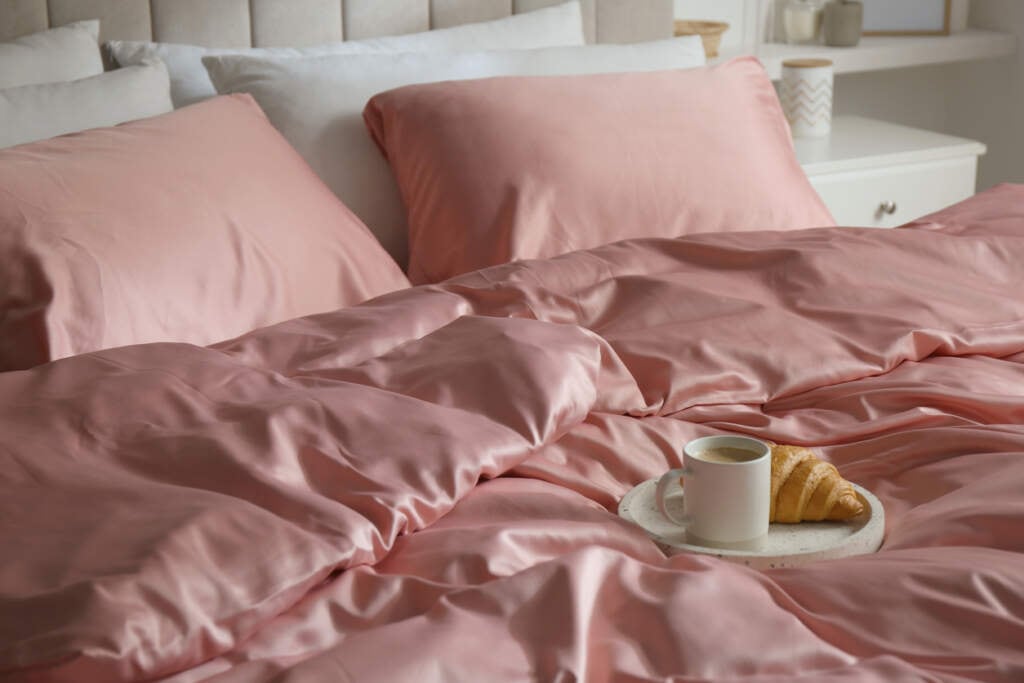
How often should you wash silk pillowcases?
Silk pillowcases should be cleaned as regularly as you would clean your other bedding, or even more often if they are an essential part of your beauty regime. However, silk naturally absorbs less moisture and products while you sleep and doesn’t accumulate as many fungi, bacteria and other allergens, keeping them cleaner for longer.
How to wash silk pillowcases
Always follow the care instructions provided by the manufacturer to prevent damage to your silk pillowcase. Some may be hand-washed or machine washed on a delicate cycle in cold water. Avoid bleach or fabric softeners, and avoid putting your pillowcase in the dryer. Allow them to air fry away from direct sunlight to prolong their lifespan.
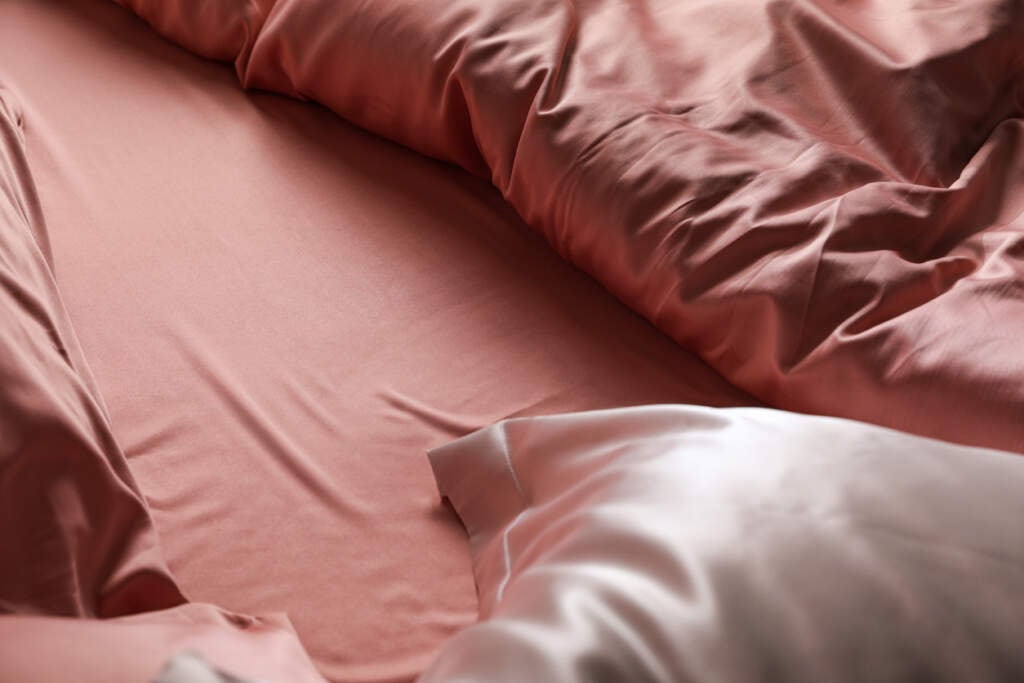
The Bottom Line: Are Silk Pillowcases Good for You?
So, do silk pillowcases really work? Silk pillowcases aren’t just a pretty face, and they’re worth it if you’re looking for a soft, comfortable pillowcase with added benefits. It’s essential to choose high-quality silk pillowcases to get the most out of them. Go for 100% mulberry silk pillowcases to reap the most benefits!


